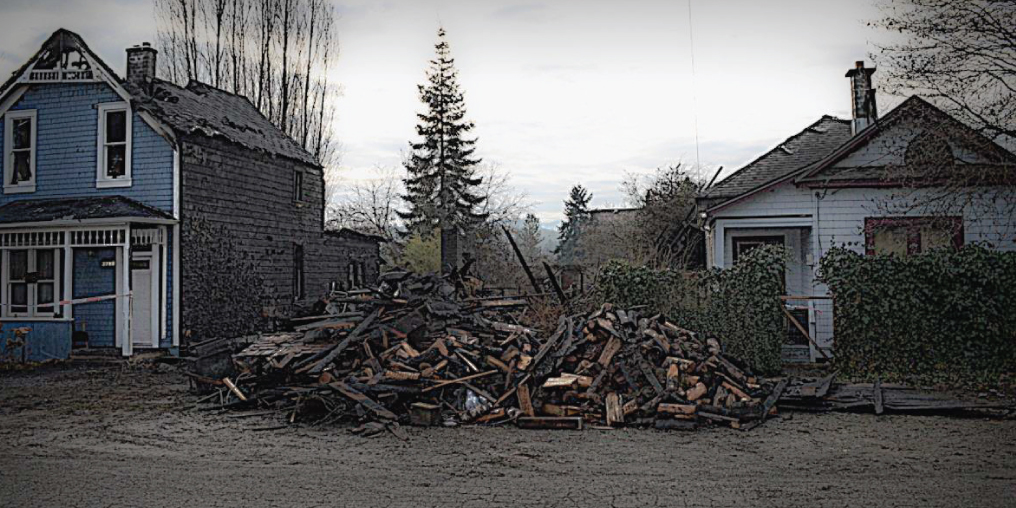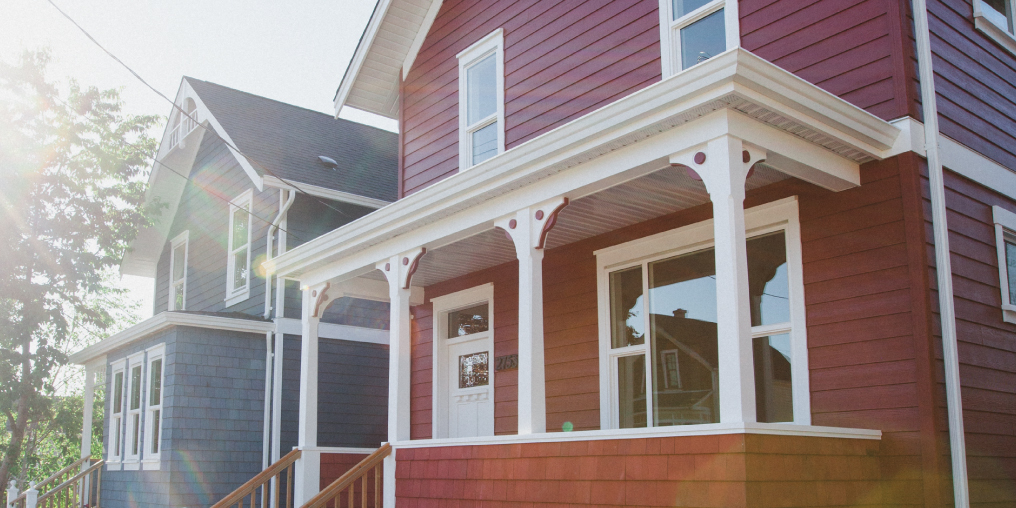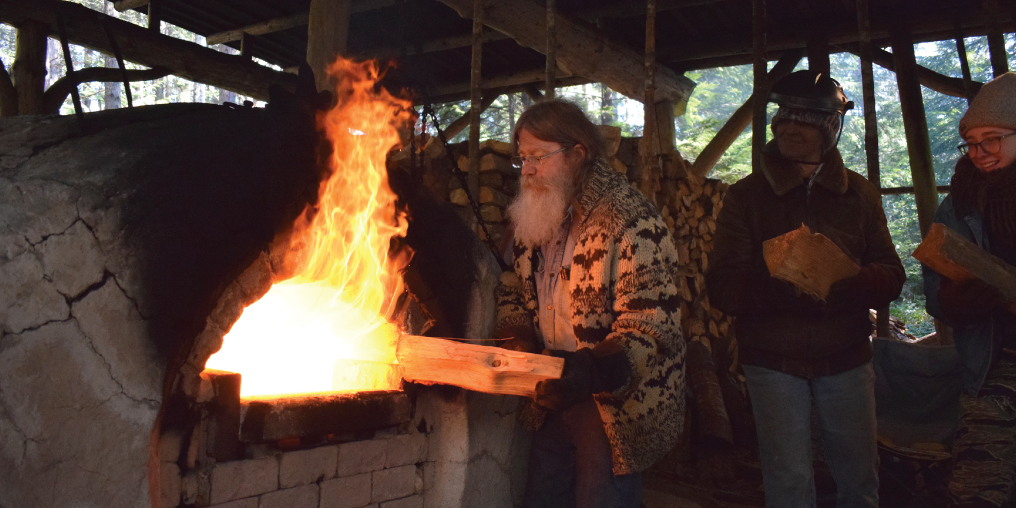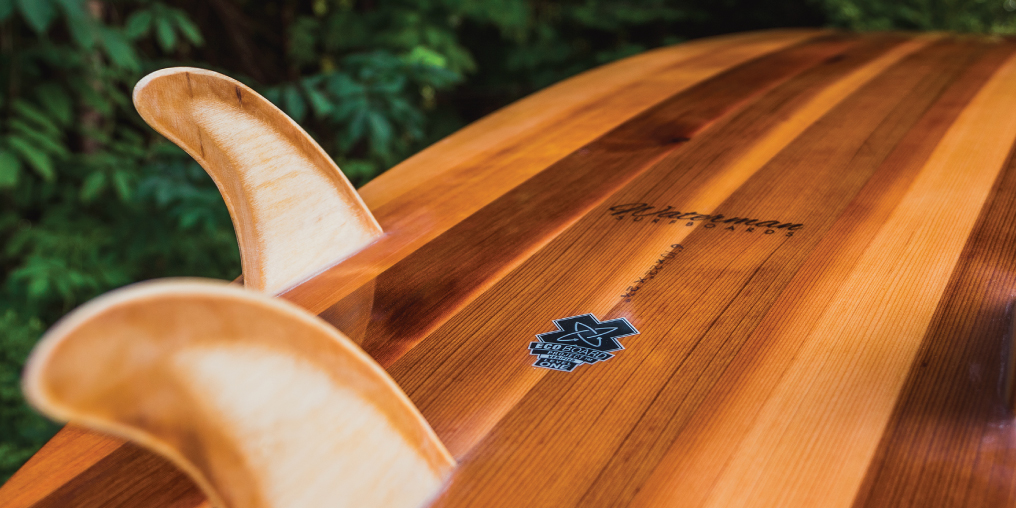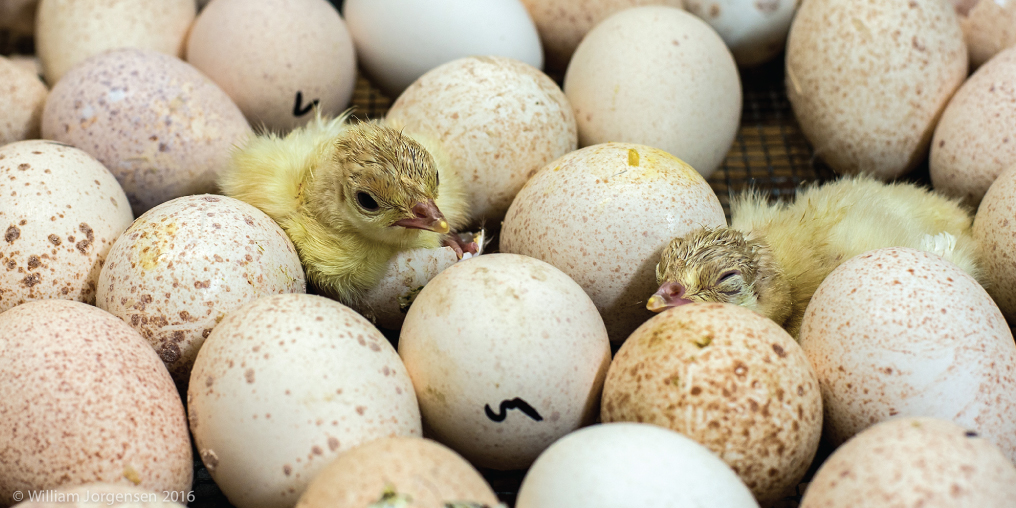Our heritage house was built in 1895 with the proceeds of a hip-length gold chain carried over the Chilkoot Pass. It was raised with a twin next door, and the two shotgun houses stood side by side through love, birth, death, and change, for 122 years. Their floorboards darkened and hardened, generations of roofs and shingles came and went, and a century of engineering updates burrowed into the dense fir frames and underbellies. On the night of December 9, 2017, the houses burned together. Our neighbour lost his life, and two families lost their homes.
After the initial shock and chaos wore down, my partner Brian and I needed a plan. Rebuilding in heritage style seemed obvious from the outset. We loved our old house—its wooden surfaces, texture, and pragmatic layout left little to be desired. On a narrow downtown lot, Victorian upright proportions are far better suited than postmodern sprawl and glass. The ever-changing nature of wooden surfaces has always been more appealing to us. We also love the character of downtown Cumberland, and wanted to contribute to its diversity and colour.
The process of designing and rebuilding a heritage house
To rebuild a house, the value of every existent beam and baseboard is taken into account. The adjustor, appraiser, and claimant each select a builder to bid on the rebuild of the original home. We asked Silas Straathof of Facet Custom Builders if he would like to submit a bid based on his own Craftsman style home on Maryport, and a beautifully redone heritage frontage on Derwent. Fortunately, his bid was successful. After a lengthy demolition process, we were ready to move forward.
We were as lucky with a designer as we were with a builder. Megan Trumble had spent time in our house, and many like it, long before we lived there. She redrew our design with close attention to the original feeling and space, while updating some elements to reflect 125 years, such as the addition of closets and showers. The facade was updated to replace the north-facing front porch with more enclosed living space. The chimney was moved from the centre of the living room to an exterior wall. Some elements were flipped for flow, view, and sound.
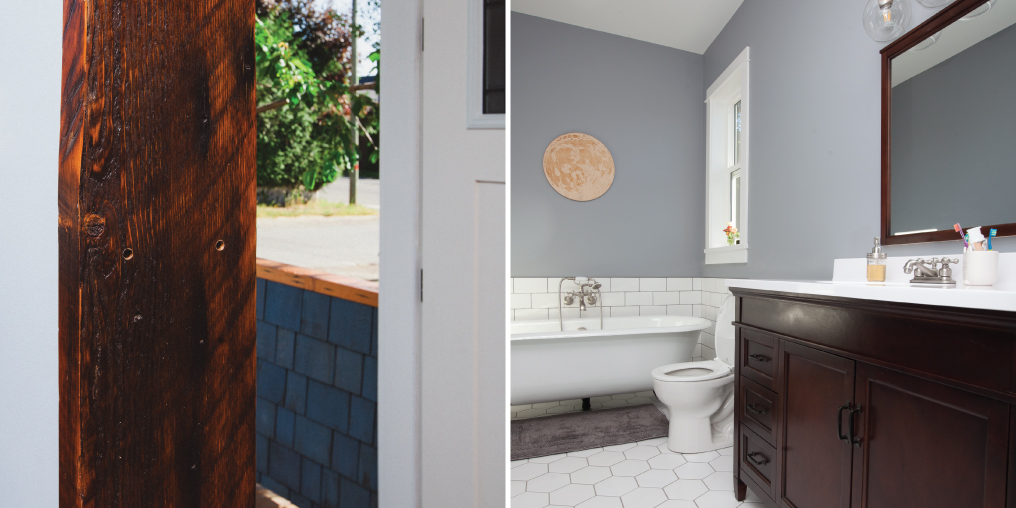
Maintaining a heritage quality while staying within budget
Before the fire it had taken me and Brian weeks, and endless swatches to choose a kitchen paint colour. We got a bit better at making decisions this time, but it was still a long process. Choosing finishings and fixtures that met the budget and didn’t detract from the heritage quality of the house was challenging at times. To say we had never done anything like this is an understatement. Despite the fire, our lives couldn’t be placed on hold. Our jobs and our toddler moved forward as they had before. We made it through this process with the support of the patient builders, a community generous enough to rent short term, and our family and friends.
The final building is much like the original: a blend of past and present with contemporary practicality and elegant old lines. Making a new house feel somewhat heritage meant making some unusual choices. We chose to mix wood tones and metal finishes to add texture. The new kitchen has wood cabinets, flooring, and countertops, which I hope achieves the intended effect of being warm and timeless. Beautiful salvaged beams from the original houses, complete with their square nails, add to the character of the main room and porch.
There are times I forget that we haven’t always lived here. The grapevine and the view of the Beaufort Range are right where they were a year and a half ago. Our home is beautiful, functional, and suits us well. We lost so many things, but gained an appreciation for the beauty of renewal.
